Oscillating Heat Pipe (OHPs) and Additive Manufacturing — Benefits, Challenges, and Capabilities
Brief Introduction to Oscillating Heat Pipe (OHPs) Technology
Oscillating Heat Pipes (OHPs) are highly efficient passive heat transfer devices that can be integrated into structures via an internal array of microchannels. This integration results in Size, Weight, and Power (SWaP) benefits over traditional heat transfer technologies.
Structures with integrated OHPs offer both high thermal transport from heat sources while retaining the same mechanical structure of a solid part, reducing the number of parts required from two (a structural device and a thermal device) to just one, OHP-equipped device.
Additionally, OHP-equipped devices can route microchannels nearly anywhere within the structure, resulting in out-of-plane and in-plane heat transfer in the same part. Non-flat interfaces can also be created, examples being microchannels wrapped around a cylindrical battery as a heat source, or microchannels inside a circular skin for heat rejection.
Figure 1. Complex features of OHPs
Additive Manufacturing
This combination of complex internal features, non-flat interfaces, and part count reduction is also a hallmark for Additive Manufacturing (AM).
AM, more generally known as 3D printing, is a manufacturing technique in which an object is built up in sequential layers. These layers can be polymers, metals, ceramics and other materials, and can be built up via physical deposition, melting, binding, chemical reaction, or other techniques.
AM methods can vary significantly but generally share the ability to easily create complex internal features and non-flat interfaces, along with other geometries that are very difficult or impossible to achieve in traditional manufacturing methods. The potential reward of combining OHPs with AM is enormous, and ThermAvant Tech recently concluded a Phase II SBIR program with NASA (Contract No. 80NSSC22CA148) to develop metal AM OHPs.
Topology-Optimized Part
Metal Additive Manufacturing & OHPs
Metal AM can be achieved with many different techniques. Due to the size and precision requirements of microchannels, ThermAvant Tech chose to explore Laser Powder Bed Fusion (L-PBF), in which a laser is used to melt a select area of powder to create a layer. Powder is then deposited over the solidified layer and the process is repeated until the object has been fully constructed.
Since L-PBF uses extremely fine powder (with an average powder size of less than 100 µm) and small laser diameters, the fine features of microchannels can be achieved. However, the powder creates a new problem: while the printed object is made of selectively melted powder, any internal volume of the object is filled with unmelted powder.
Removing internal powder is not a unique problem to OHPs, but the intensity of the removal is beyond industry norms. AM post-processing vendors recommend that the aspect ratio of internal volumes (i.e., the ratio of the length to the diameter) not exceed 20:1. Due to the small diameter of ThermAvant Tech’s microchannels and the array of connected microchannels, the effective aspect ratio can exceed 4500:1.
ThermAvant Tech’s OHPs are not only on the cutting edge of heat transfer, but they are beyond the post-processing capability of the AM industry by of factor of several hundred. Developing AM OHPs therefore required ThermAvant Tech to solve this powder removal problem.
Additive Manufacturing and Oscillating Heat Pipe Use Cases
Aerospace Components: Reduced part count from AM and OHP integration as well as mass optimization only achievable with AM results in substantial weight savings over state-of-the-art thermal management solutions. Additionally, using passively-powered OHPs to replace thermal management systems with mechanical components can lead to significant reliability improvements - crucial in aerospace.
Energy Systems: The ability of OHP microchannels to be routed anywhere inside an object combined with AM’s ability to easily produce complex structures results in high-performance thermal solutions that conform tightly to the unique surfaces of batteries, fuel cells, circuit breakers, and other power system devices.
Addressing L-PBF Powder Removal
ThermAvant Tech developed an effective powder removal method combining printed-in channel flush ports (patent pending, #18463593), vibration, and fluid flushing. This method was presented in detail at Rapid+TCT 2024, the premiere AM industrial conference. The powder removal method also informed Design For Additive Manufacturing (DFAM) changes that could be implemented in the design stage.
The knowledge and processes developed under this SBIR program have led ThermAvant Tech to be a leader in aluminum AM OHPs. Additionally, the DFAM and post-processing knowledge has directly benefited non-aluminum OHPs; nickel superalloy parts can easily be created with AM, and ThermAvant Tech has developed several high-temperature OHPs using superalloy AM.
As AM continues to grow in capability, material offerings, and scale, ThermAvant Tech has the tools and knowledge necessary to leverage this new manufacturing paradigm in order to create the best OHPs in the world.
To learn more about how ThermAvant Tech can support your projects, get in touch with us.





